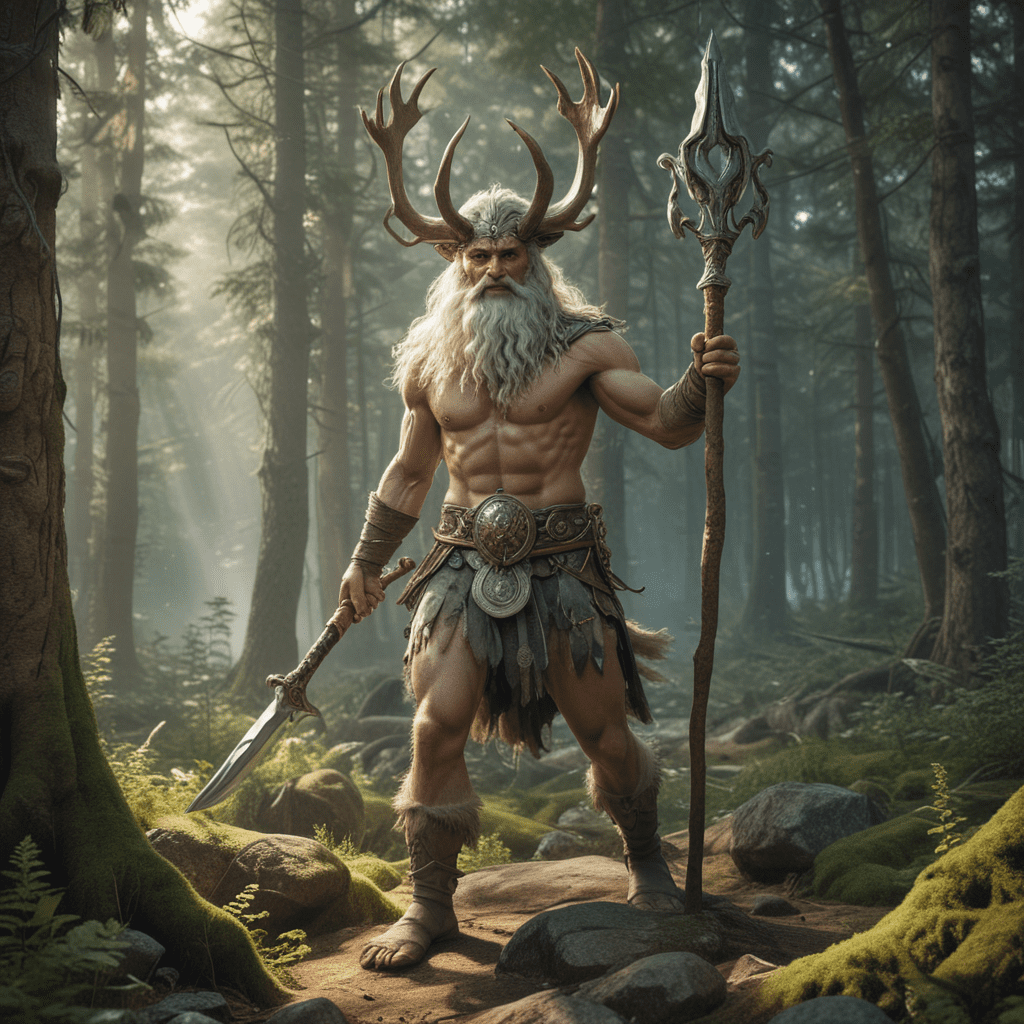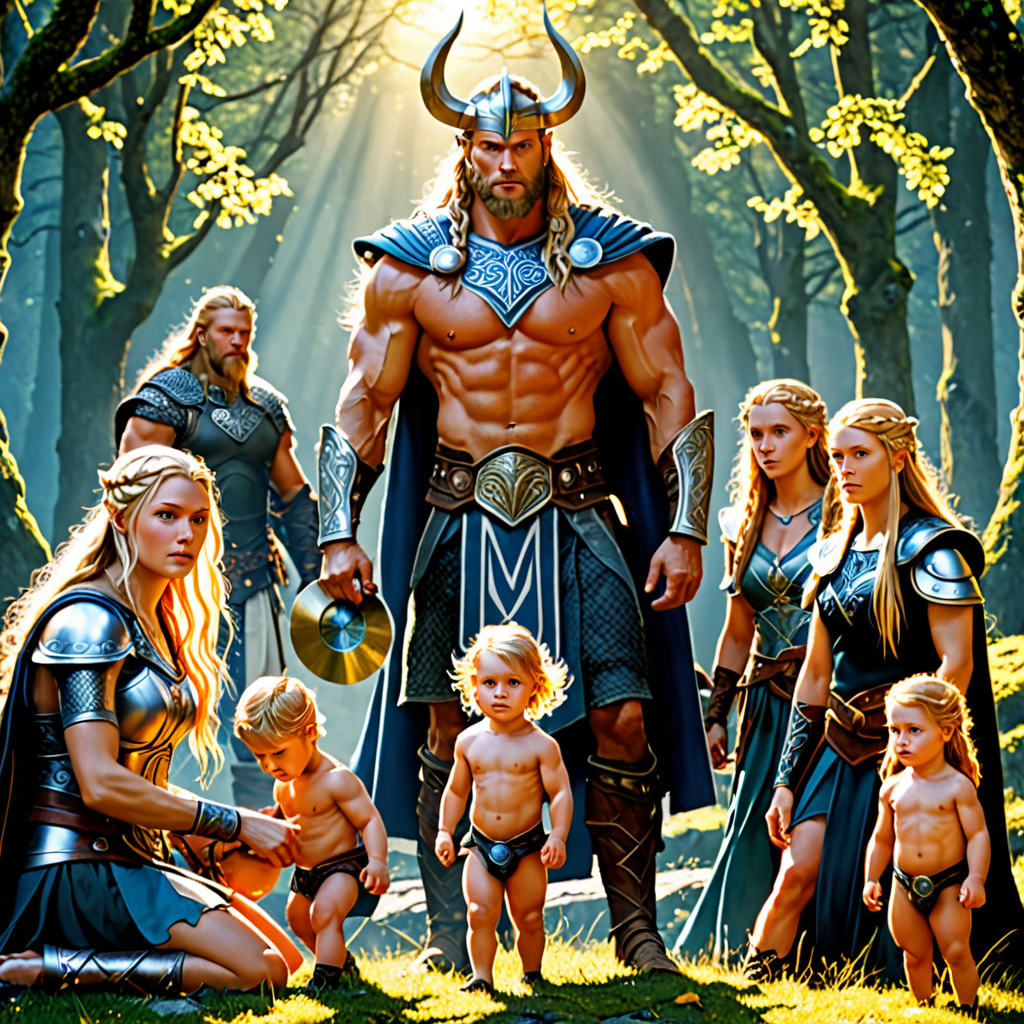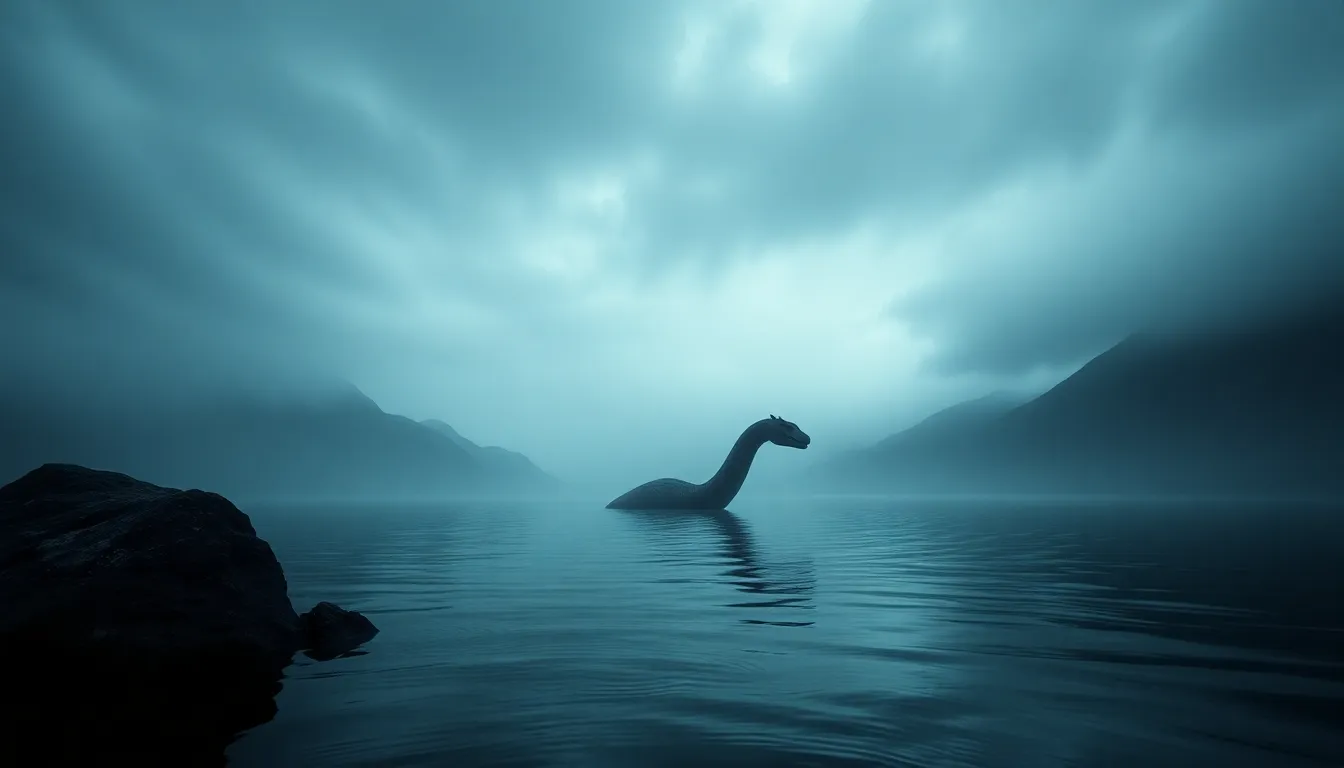The Origins of Finnish Mythology
1. The Kalevala: A Timeless Epic
At the heart of Finnish mythology lies the Kalevala, an epic poem that has captivated generations of readers with its timeless tales of heroes, gods, and the origins of the world. Compiled in the 19th century by Elias Lönnrot from ancient oral traditions, the Kalevala has become a national treasure, embodying the rich cultural heritage of Finland and serving as a vital source of inspiration for artists, musicians, and writers alike.
2. Ancient Shamanism and Animism
The roots of Finnish mythology can be traced back to the ancient practices of shamanism and animism. Shamanism, a spiritual practice involving communication with the spirit world, played a significant role in the beliefs and rituals of the early Finns. Animism, the belief that all things possess a spirit or soul, permeated their understanding of the natural world, imbuing animals, plants, and even inanimate objects with a sense of sentience and power.
3. The Role of Nature in Finnish Mythology
The deep connection between the Finnish people and their natural surroundings is reflected in the prominent role that nature plays in their mythology. Forests, lakes, and rivers are often depicted as sacred places, inhabited by spirits and deities. Trees, animals, and other elements of the natural world are frequently endowed with human-like qualities, blurring the boundaries between the animate and inanimate. This close relationship with nature has left an enduring mark on Finnish culture, fostering a deep respect for the environment and its preservation.
4. Legends and Lore from the Baltic Sea
Finland's proximity to the Baltic Sea has resulted in a rich exchange of cultural influences with neighboring regions. Legends and lore from Estonia, Latvia, and beyond have found their way into Finnish mythology, contributing to its diverse tapestry of tales. The influence of the seafaring Vikings is particularly evident in stories involving sea gods, magical creatures, and epic battles on the open water.
5. Influences from Norse and Germanic Cultures
Finnish mythology also bears the imprint of Norse and Germanic cultures, which came into contact with the Finns through trade and conquest. The thunder god Ukko, for instance, shares many similarities with the Norse god Thor, while Väinämöinen, the wise old sage of the Kalevala, has parallels in the Germanic figure of Odin. These cross-cultural influences underscore the dynamic nature of Finnish mythology, which has continually absorbed and adapted elements from various sources, creating a unique and multifaceted tradition.
6. The Creation Myth and the Origins of the Universe
The Kalevala provides a rich account of the creation myth in Finnish mythology. According to the epic, the world was born from the cosmic egg of a giant duck, which laid its egg upon the knee of Ilmatar, the spirit of the air. The egg eventually hatched, releasing Väinämöinen, the wise old sage, who then proceeded to separate the sky from the sea and set the earth in place.
7. Heroes and Deities of the Finnish Pantheon
The Kalevala and other Finnish myths feature a cast of compelling heroes and deities who embody the values and beliefs of the ancient Finns. Among the most prominent figures is Väinämöinen, the wise old sage who possesses the power of music and incantations. Louhi, the mistress of Pohjola, represents the underworld and is often depicted as a formidable adversary. Others include Ilmarinen, the skilled blacksmith, and Lemminkäinen, the fiery warrior.
8. The Kalevala as a National Epic
The Kalevala has played a pivotal role in shaping Finnish national identity. Elias Lönnrot's compilation of the epic in the 19th century coincided with a period of national awakening in Finland, which was seeking to assert its cultural independence from Swedish rule. The Kalevala became a symbol of Finnish pride and resilience, inspiring a sense of unity and common purpose among the people.
9. Modern Interpretations and Retellings
Finnish mythology continues to inspire contemporary artists, writers, and musicians, who have reinterpreted and retold its tales in various forms. From graphic novels and animated films to orchestral compositions and video games, modern works have introduced Finnish mythology to a new generation of audiences. These retellings often explore contemporary themes and issues, giving the ancient myths fresh relevance for modern times.
10. The Enduring Legacy of Finnish Mythology
The legacy of Finnish mythology extends far beyond its written texts. Elements of the Kalevala and other myths have found their way into Finnish language, proverbs, and customs. The names of mythological characters and places are common in Finland today, and many festivals and celebrations incorporate motifs from the ancient myths. Finnish mythology continues to shape the worldview and cultural identity of the Finnish people, ensuring its enduring presence in the nation's collective consciousness.
FAQ
- What is the Kalevala?
The Kalevala is an epic poem that compiles ancient Finnish oral traditions and mythology. It tells tales of heroes, deities, and the origins of the world.
- What is the role of nature in Finnish mythology?
Nature plays a central role in Finnish mythology, with forests, lakes, and rivers depicted as sacred places inhabited by spirits and deities. Trees, animals, and other elements of the natural world are often endowed with human-like qualities.
- Who is Väinämöinen?
Väinämöinen is the wise old sage of the Kalevala, who possesses the power of music and incantations. He is considered the creator of the world and a central figure in Finnish mythology.
- How has Finnish mythology influenced modern culture?
Finnish mythology has inspired contemporary artists, writers, and musicians, who have reinterpreted and retold its tales in various forms. Modern works often explore contemporary themes and issues, giving the ancient myths fresh relevance for modern times.


